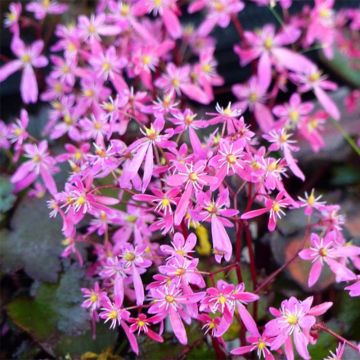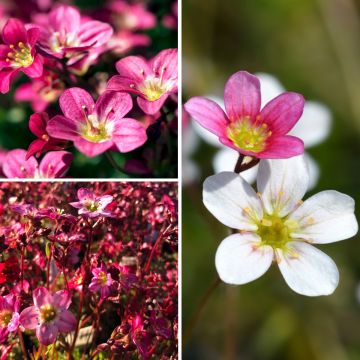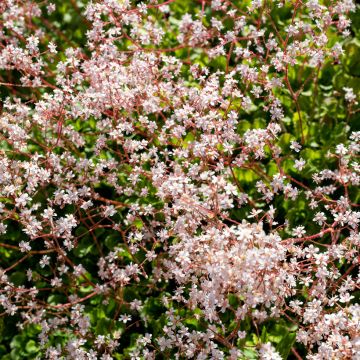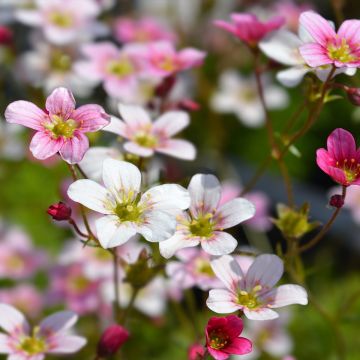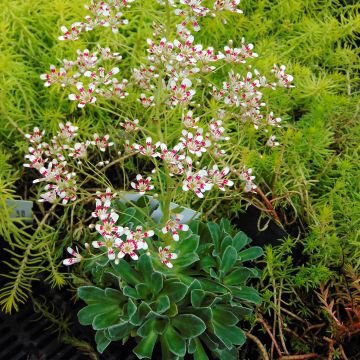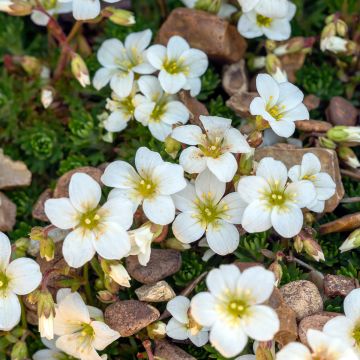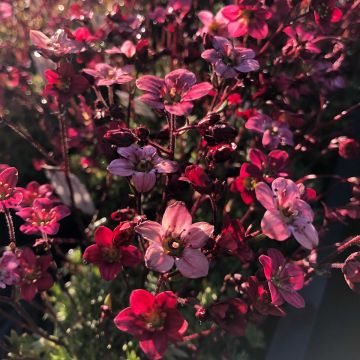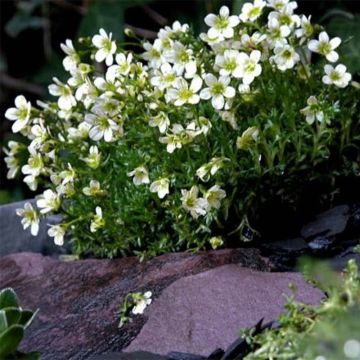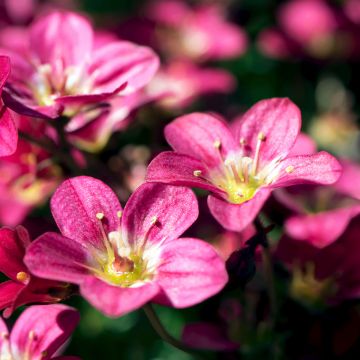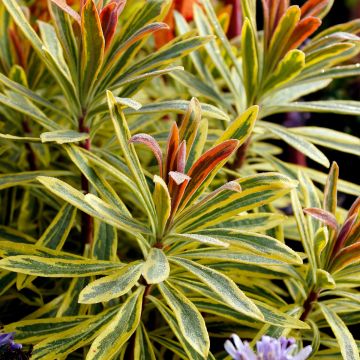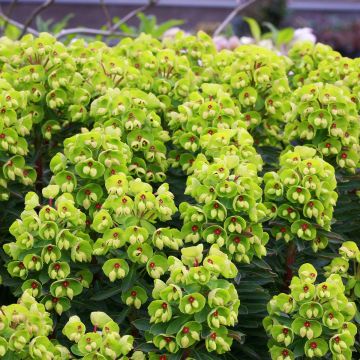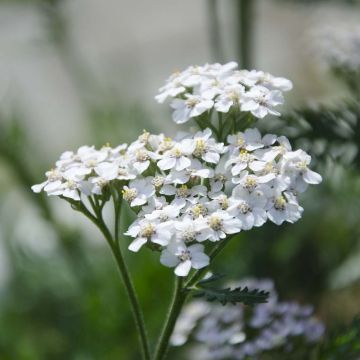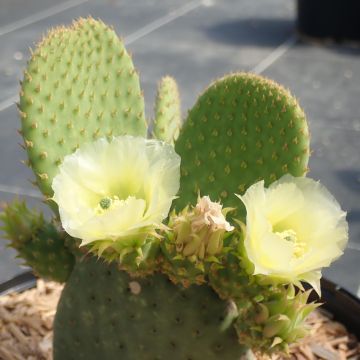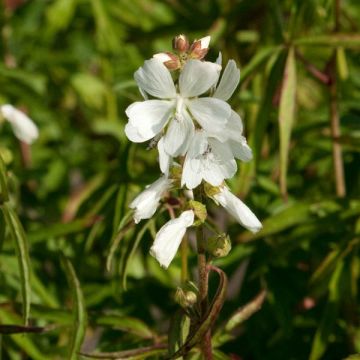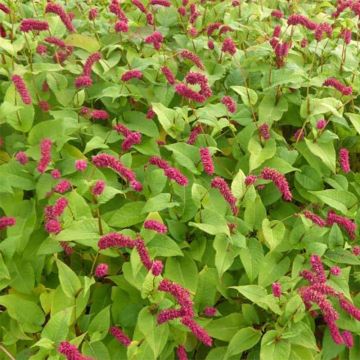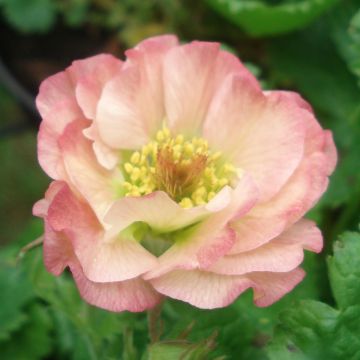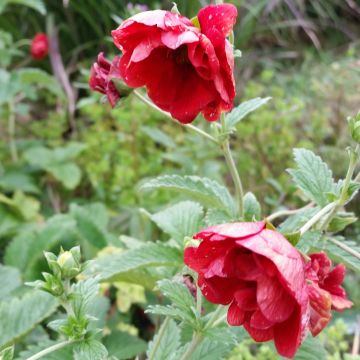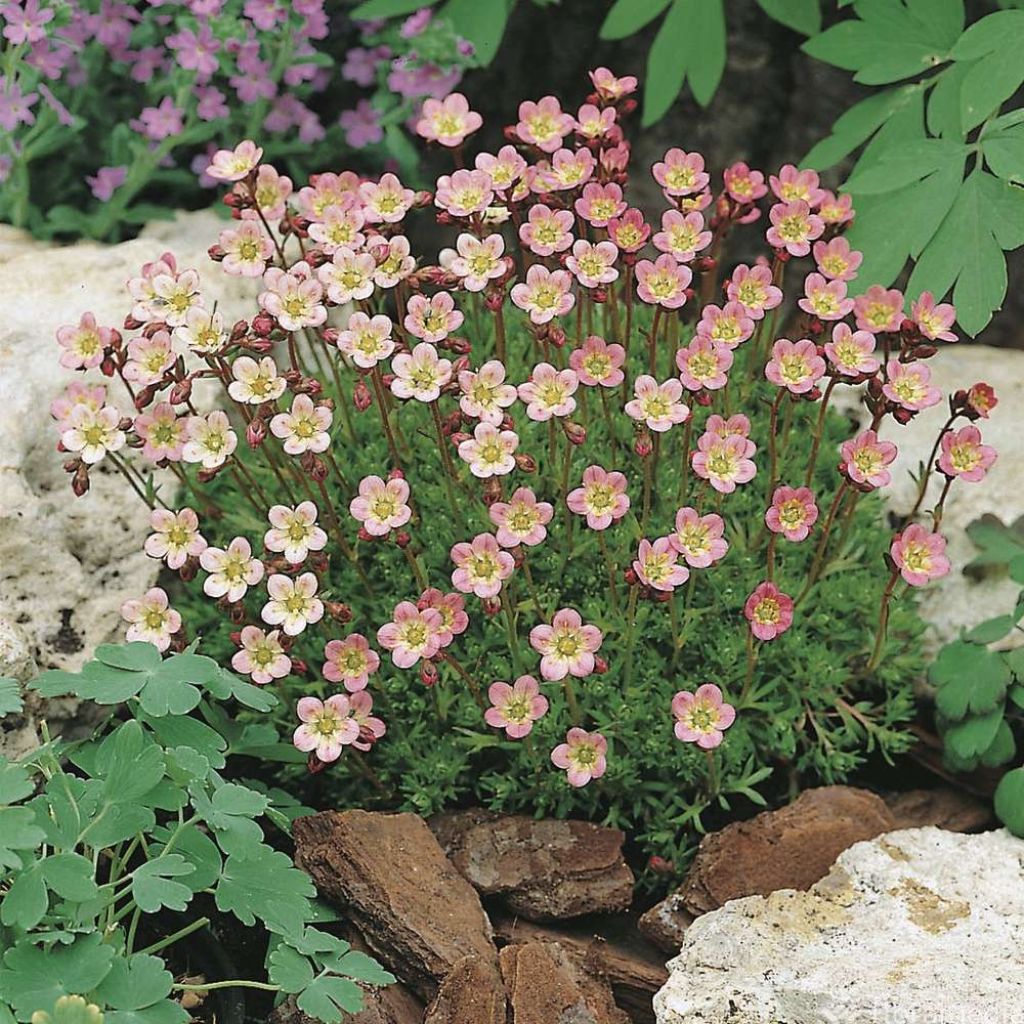

Saxifraga arendsii Compactum (Stransfieldii) - Saxifrage mousse
Saxifraga arendsii Compactum
Saxifraga arendsii Compactum
Mossy saxifrage, Arends' saxifrage
Arrived in good condition, beautiful young plant, generous.
claudine, 13/04/2023
This item cannot be shipped to the selected country
Delivery charge from €5.90
More information
Schedule delivery date,
and select date in basket
This plant carries a 12 months recovery warranty
More information
We guarantee the quality of our plants for a full growing cycle, and will replace at our expense any plant that fails to recover under normal climatic and planting conditions.
From €5.90 for pickup delivery and €6.90 for home delivery
Express home delivery from €8.90.
Does this plant fit my garden?
Set up your Plantfit profile →
Description
Saxifrage arendsii 'Compactum' (synonym S. arendsii 'Stansfieldii') is a compact and highly floriferous variety of mossy saxifrage. From early spring, it is covered with charming small light pink flowers carried by short stems. They bloom on dense and very low vegetation reminiscent of moss, which is evergreen in winter. It is a small perennial that works wonders in slightly moist rockeries, along pathways or in a pot. It should be placed in non-burning sun or partial shade, in light, well-drained soil that is not too dry.
As its name suggests, Saxifraga arendsii belongs to the Saxifragaceae family. 'Compactum' is a compact selection derived from this plant. Its evergreen foliage is composed of rosettes of bright green, toothed leaves, which is where the common name of 'mossy saxifrage' arises. Each rosette measures 2 to 4cm (1 to 2in) in diameter. The plant forms a small cushion measuring 5cm (2in) in height, which slowly spreads by producing lateral rosettes, over 30 to 40cm (12 to 16in) wide. Between late March and early May, this little dome is covered in 6-petalled flowers, 1cm (0.4in) in diameter, carried 3cm (1in) above the foliage. The abundant flowers last for a few weeks.
A fan of partly shaded and rather calcareous rockeries, 'Compactum' requires a humus-rich substrate such as leaf compost that remains slightly moist but not waterlogged. This small alpine perennial can creep into crevices or gaps in paving stones. It will not be comfortable in very dry soils or under scorching sun. When planted en masse, it can line the edge of a gravel path. It can also be grown in a pot, respecting the same conditions as in open ground: light, slightly moist and well-draining substrate. It can be easily combined with other perennials that require the same conditions, such as some ferns (Phyllitis scolopendrium, Cheilanthes lanosa) or with Alchemilla erythropoda, and of course with other varieties of mossy saxifrages such as 'Pixie' or 'Peter Pan'.
Report an error about the product description
Saxifraga arendsii Compactum in pictures


Flowering
Foliage
Plant habit
Botanical data
Saxifraga
arendsii
Compactum
Saxifragaceae
Mossy saxifrage, Arends' saxifrage
Cultivar or hybrid
Other Saxifraga
Planting and care
Plant Saxifraga arendsii 'Compactum' (Stansfiedlii) in permeable and humus-rich, neutral or chalky soil that is well-drained. The soil should always remain slightly moist, without being waterlogged. Adding compost or potting soil to heavy soil is beneficial. This plant prefers a semi-shaded exposure and is sensitive to dry and scorching conditions. It requires little maintenance. Faded flowers can be removed after flowering for a cleaner look. It is best to plant this small perennial in March.
Planting period
Intended location
Care
-
, onOrder confirmed
Reply from on Promesse de fleurs
Summer flowering perennials
Haven't found what you were looking for?
Hardiness is the lowest winter temperature a plant can endure without suffering serious damage or even dying. However, hardiness is affected by location (a sheltered area, such as a patio), protection (winter cover) and soil type (hardiness is improved by well-drained soil).

Photo Sharing Terms & Conditions
In order to encourage gardeners to interact and share their experiences, Promesse de fleurs offers various media enabling content to be uploaded onto its Site - in particular via the ‘Photo sharing’ module.
The User agrees to refrain from:
- Posting any content that is illegal, prejudicial, insulting, racist, inciteful to hatred, revisionist, contrary to public decency, that infringes on privacy or on the privacy rights of third parties, in particular the publicity rights of persons and goods, intellectual property rights, or the right to privacy.
- Submitting content on behalf of a third party;
- Impersonate the identity of a third party and/or publish any personal information about a third party;
In general, the User undertakes to refrain from any unethical behaviour.
All Content (in particular text, comments, files, images, photos, videos, creative works, etc.), which may be subject to property or intellectual property rights, image or other private rights, shall remain the property of the User, subject to the limited rights granted by the terms of the licence granted by Promesse de fleurs as stated below. Users are at liberty to publish or not to publish such Content on the Site, notably via the ‘Photo Sharing’ facility, and accept that this Content shall be made public and freely accessible, notably on the Internet.
Users further acknowledge, undertake to have ,and guarantee that they hold all necessary rights and permissions to publish such material on the Site, in particular with regard to the legislation in force pertaining to any privacy, property, intellectual property, image, or contractual rights, or rights of any other nature. By publishing such Content on the Site, Users acknowledge accepting full liability as publishers of the Content within the meaning of the law, and grant Promesse de fleurs, free of charge, an inclusive, worldwide licence for the said Content for the entire duration of its publication, including all reproduction, representation, up/downloading, displaying, performing, transmission, and storage rights.
Users also grant permission for their name to be linked to the Content and accept that this link may not always be made available.
By engaging in posting material, Users consent to their Content becoming automatically accessible on the Internet, in particular on other sites and/or blogs and/or web pages of the Promesse de fleurs site, including in particular social pages and the Promesse de fleurs catalogue.
Users may secure the removal of entrusted content free of charge by issuing a simple request via our contact form.
The flowering period indicated on our website applies to countries and regions located in USDA zone 8 (France, the United Kingdom, Ireland, the Netherlands, etc.)
It will vary according to where you live:
- In zones 9 to 10 (Italy, Spain, Greece, etc.), flowering will occur about 2 to 4 weeks earlier.
- In zones 6 to 7 (Germany, Poland, Slovenia, and lower mountainous regions), flowering will be delayed by 2 to 3 weeks.
- In zone 5 (Central Europe, Scandinavia), blooming will be delayed by 3 to 5 weeks.
In temperate climates, pruning of spring-flowering shrubs (forsythia, spireas, etc.) should be done just after flowering.
Pruning of summer-flowering shrubs (Indian Lilac, Perovskia, etc.) can be done in winter or spring.
In cold regions as well as with frost-sensitive plants, avoid pruning too early when severe frosts may still occur.
The planting period indicated on our website applies to countries and regions located in USDA zone 8 (France, United Kingdom, Ireland, Netherlands).
It will vary according to where you live:
- In Mediterranean zones (Marseille, Madrid, Milan, etc.), autumn and winter are the best planting periods.
- In continental zones (Strasbourg, Munich, Vienna, etc.), delay planting by 2 to 3 weeks in spring and bring it forward by 2 to 4 weeks in autumn.
- In mountainous regions (the Alps, Pyrenees, Carpathians, etc.), it is best to plant in late spring (May-June) or late summer (August-September).
The harvesting period indicated on our website applies to countries and regions in USDA zone 8 (France, England, Ireland, the Netherlands).
In colder areas (Scandinavia, Poland, Austria...) fruit and vegetable harvests are likely to be delayed by 3-4 weeks.
In warmer areas (Italy, Spain, Greece, etc.), harvesting will probably take place earlier, depending on weather conditions.
The sowing periods indicated on our website apply to countries and regions within USDA Zone 8 (France, UK, Ireland, Netherlands).
In colder areas (Scandinavia, Poland, Austria...), delay any outdoor sowing by 3-4 weeks, or sow under glass.
In warmer climes (Italy, Spain, Greece, etc.), bring outdoor sowing forward by a few weeks.

































